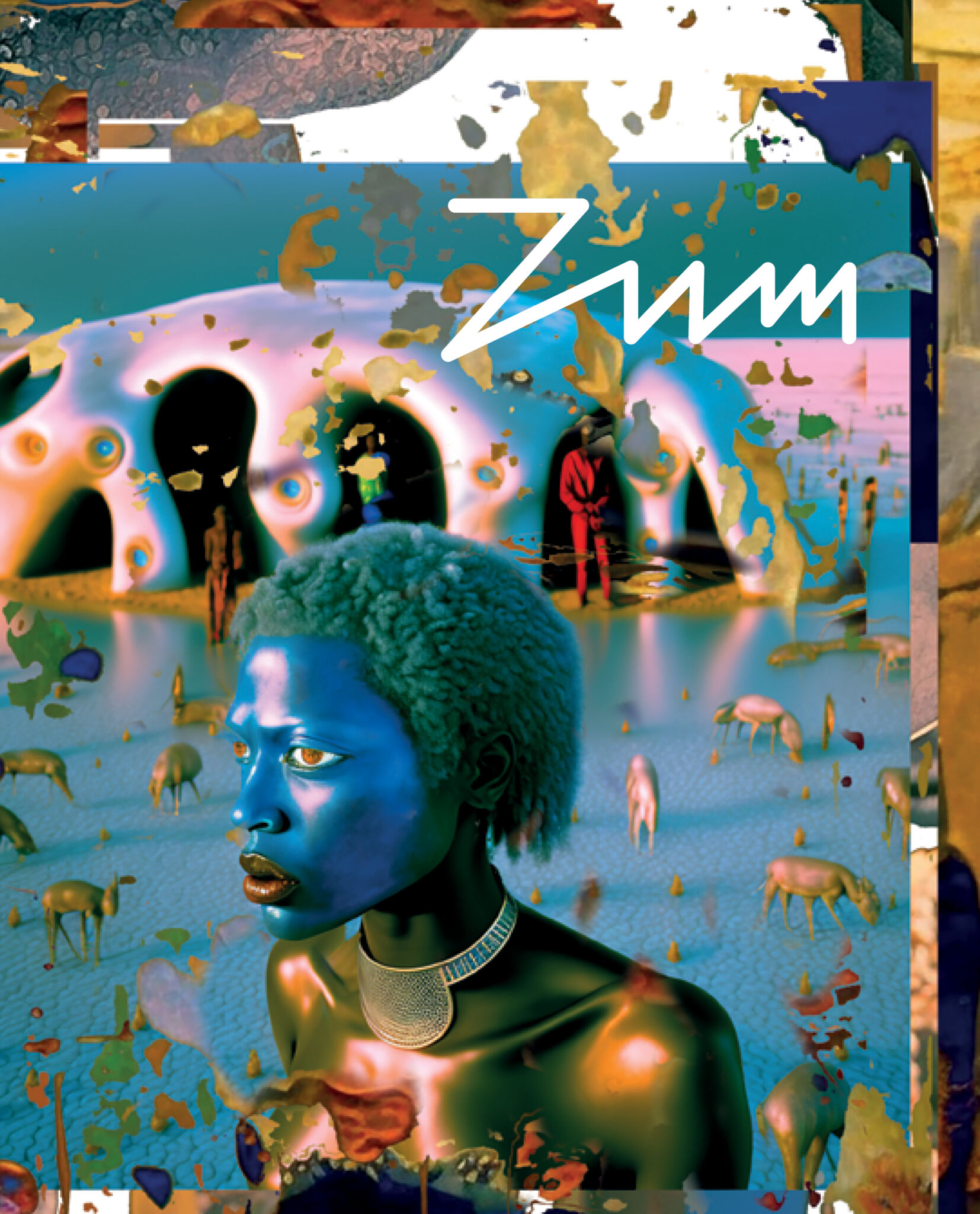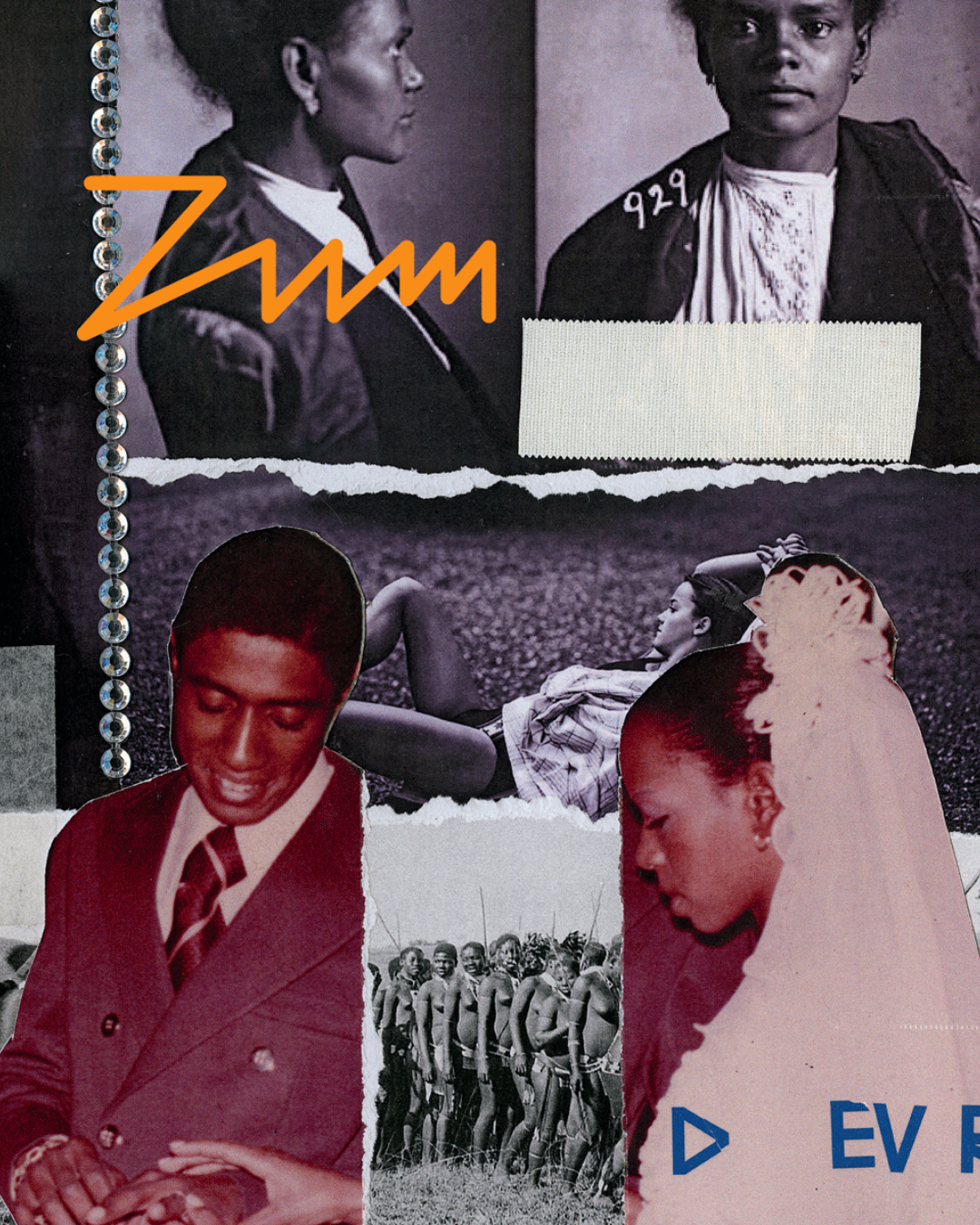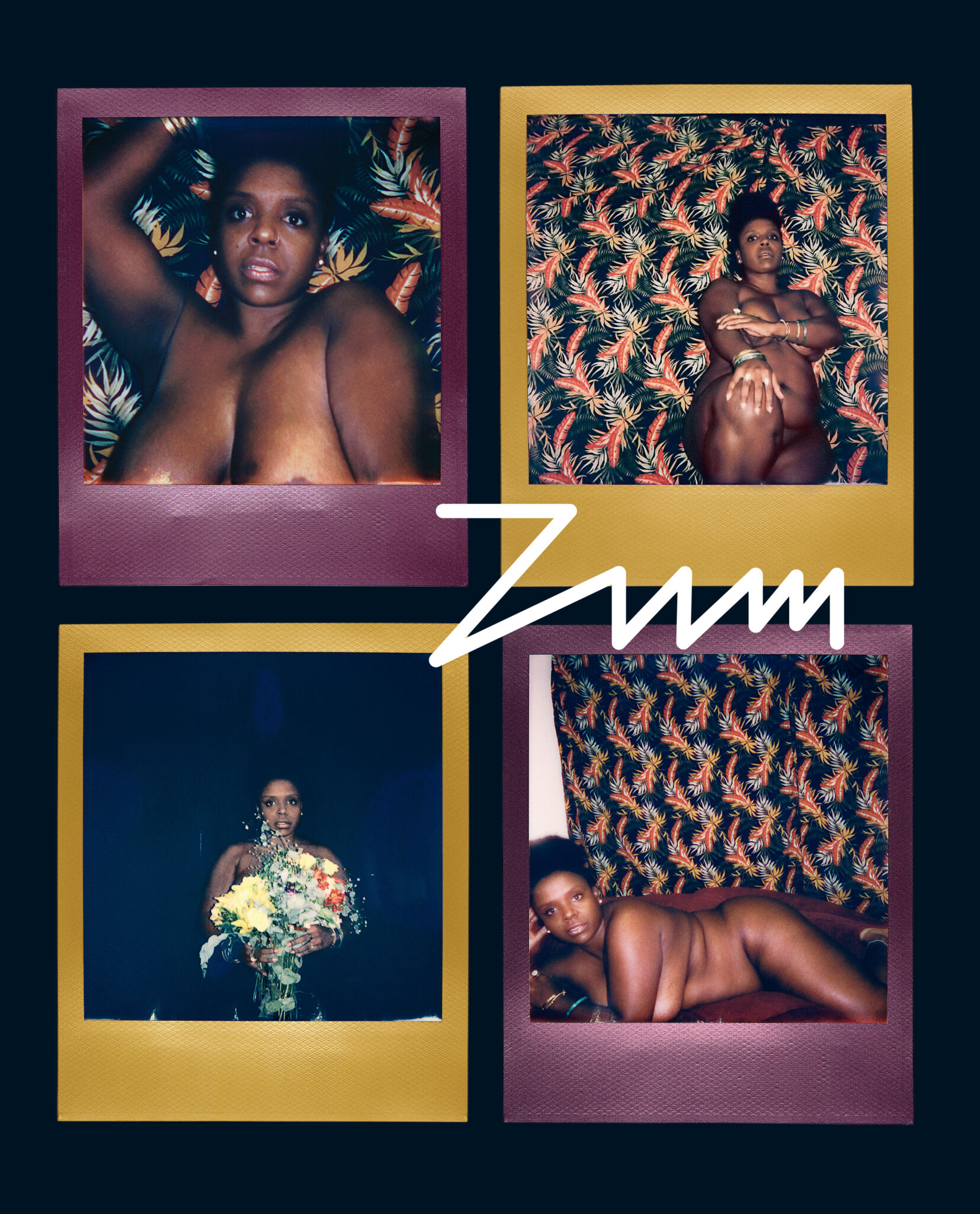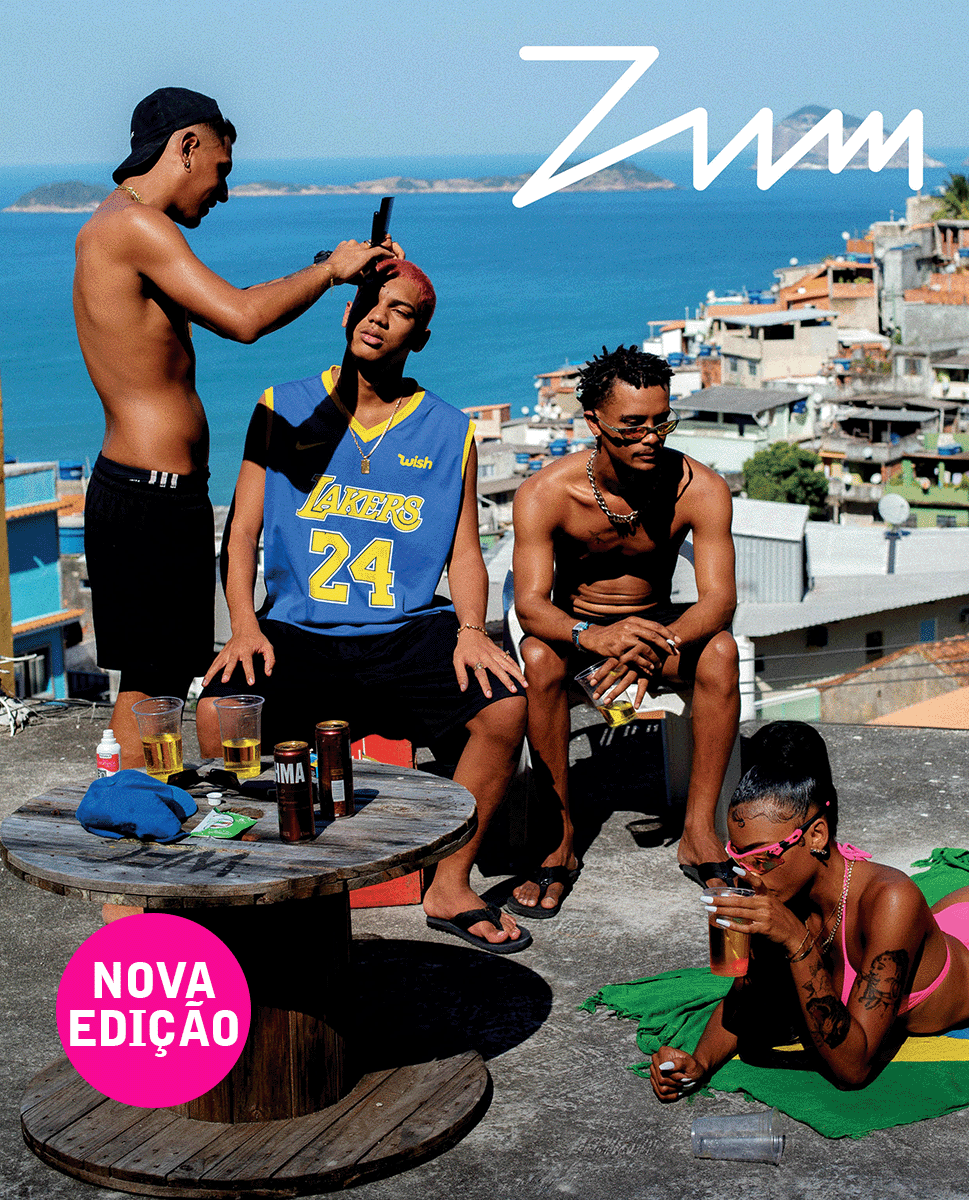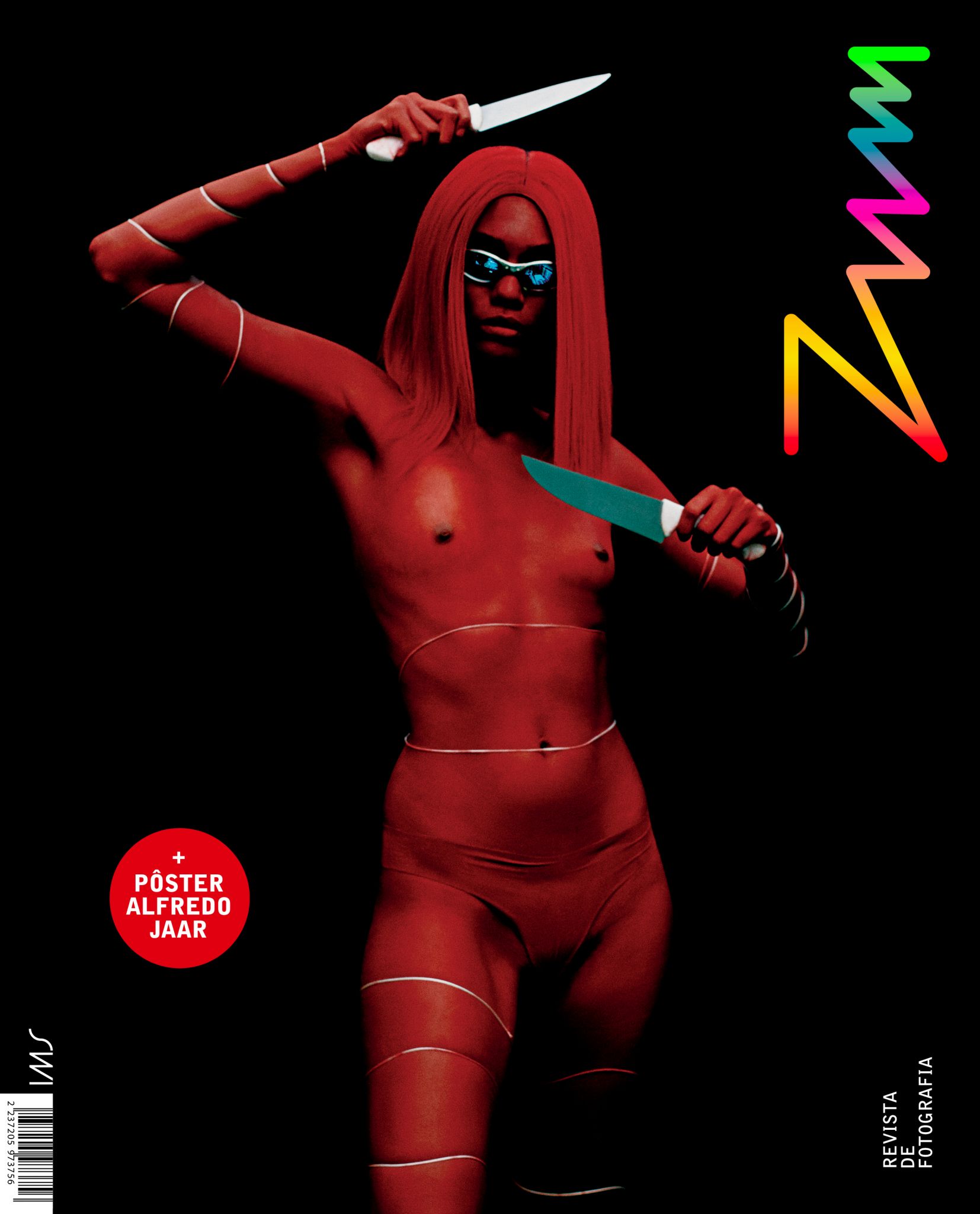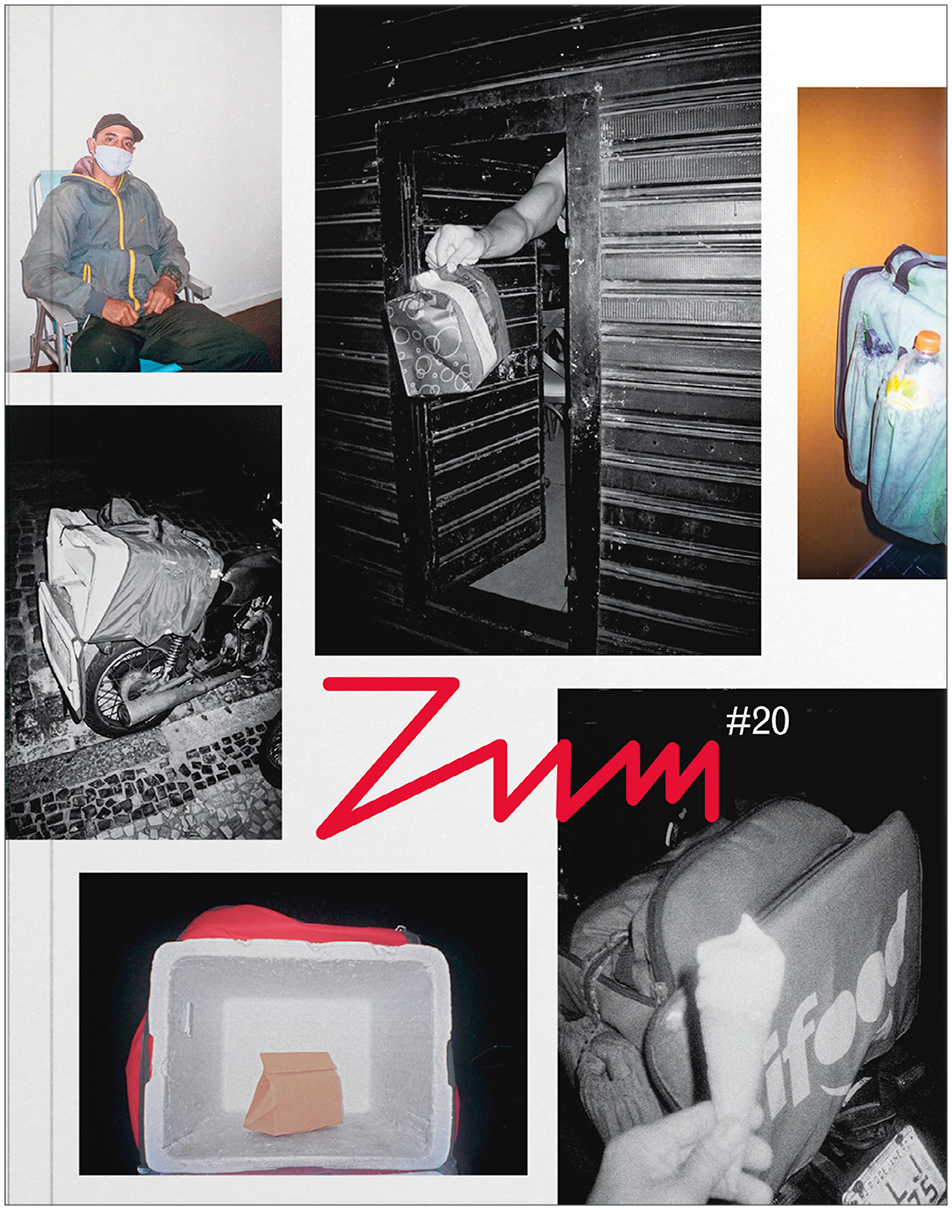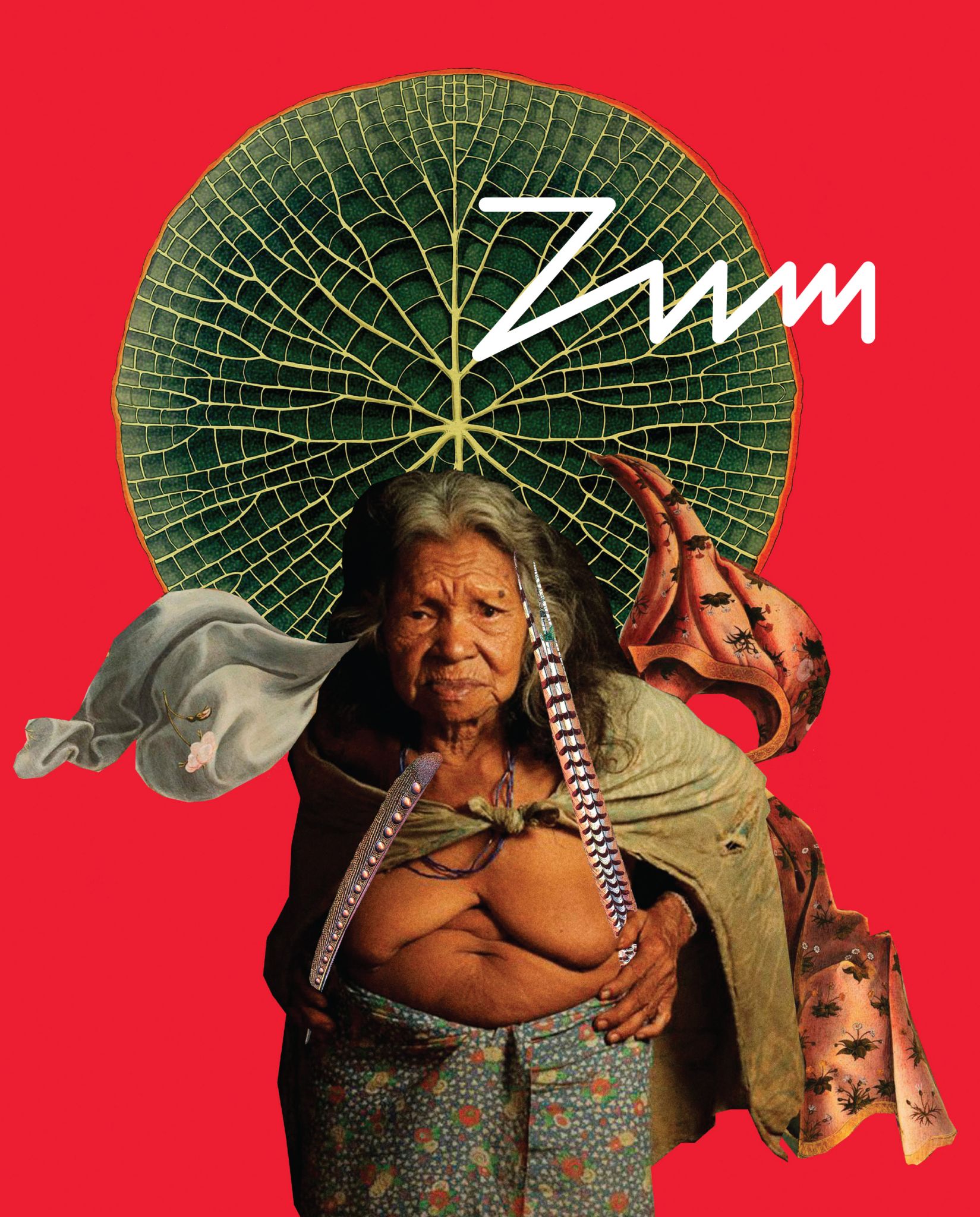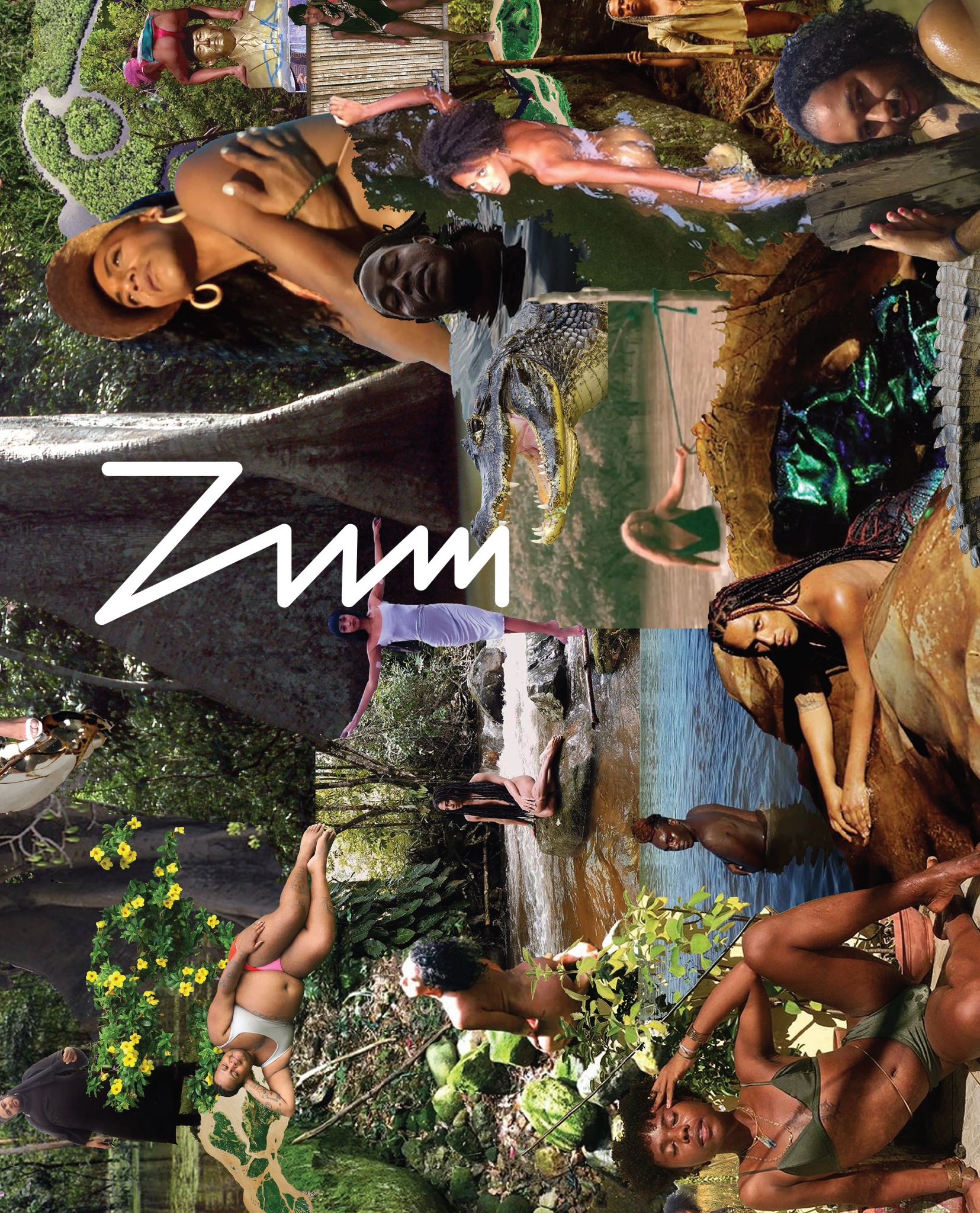|
#27 october 2024 |
Album of deforgetfulness, Mayara Ferrão & Fernanda Silva e Sousa
Epidermic scapes, Vera Chaves Barcellos & Fernanda Pitta
The serpent´s trail, Maya Goded & Elena Navarro
Refusal to erasure, Hélène Amouzou & Bindi Vora
Archive of becoming, Lagos Studio Archives & Obidike Okafor
Amalgam, Caio Pacela & Ventura Profana
All images will disappear, Tadáskía & Diane Lima
Fight and faith in life, Nair Benedicto & Paula Sacchetta
Bound, Fernell Franco & María Iovino
Subscribe to the magazine HERE or buy your copy at the IMS STORE.
Memory is disputed territory.
Artists Mayara Ferrão and Tadáskía affirm their history and identity by enacting images that build new ties and family albums.
Vera Chaves Barcellos transforms skin into landscape, while suggesting both physical existence and ways of escape, while Hélène Amouzou makes self-portraits to fight erasure. Even in the face of abandonment, the negatives rescued by Lagos Studio Archives insist on celebrating the beauty to be found in studio portraits.
With oil paint, Caio Pacela fixes scenes that multiply rapidly, like internet memes and spiritual cults. Mystery and transcendence also emanate from Fernell Franco’s photographs of street markets in Colombia, or from Maya Goded’s journey through the American continent in search of female resistance.
A resilient life is the example of Nair Benedicto, who reviews five decades of photography in an interview that is also a lesson about Brazil.
Rescued, dreamed, painted or printed, the images are the stones of history which line our path to the past and the future.
Thyago Nogueira, Rony Maltz, Elisa von Randow
Cover and back cover:
Álbum de desesquecimentos [Album of Deforgetfulness, 2024], by Mayara Ferrão.




